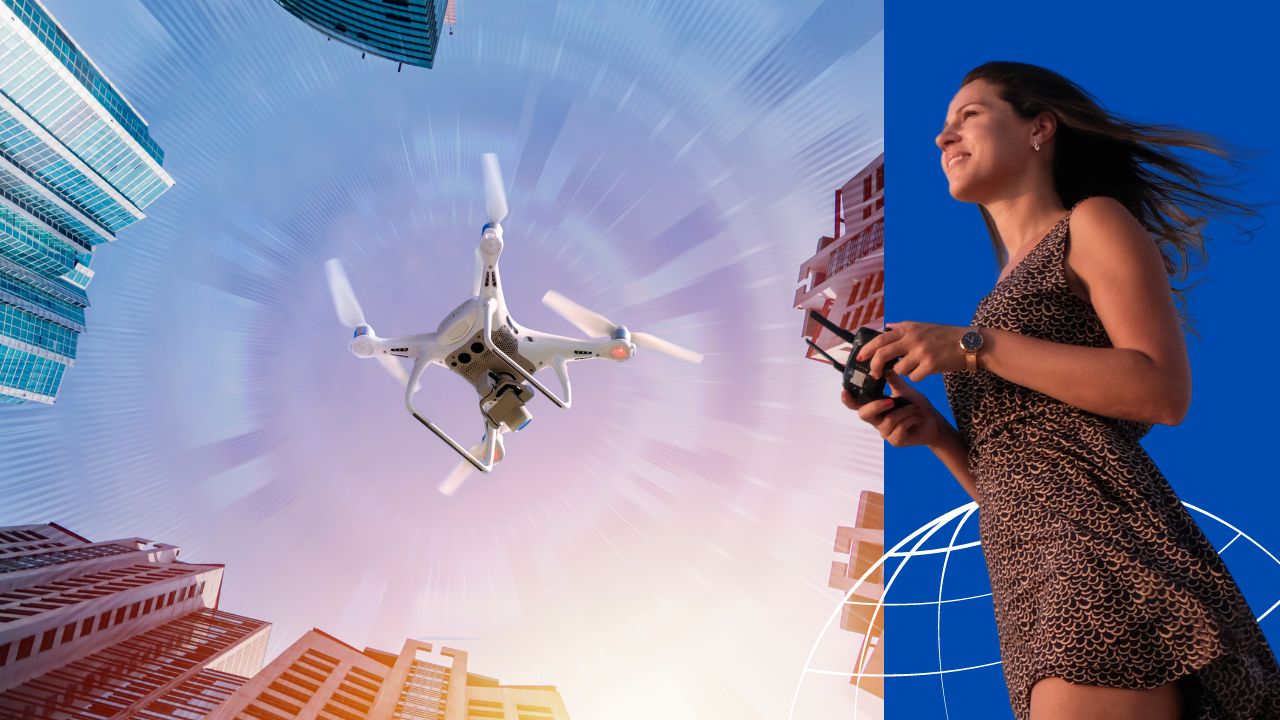The Future Of Drones

The drone industry continues to evolve at breakneck speed. This remarkable technology has already proven its worth in various sectors, such as agriculture, construction, delivery, and public safety. However, the future holds even greater possibilities as new applications and advancements emerge. In this article, we explore the top trends shaping the future of drones and why these developments matter in our increasingly connected world.
1. Enhanced Autonomy and AI Integration
The integration of artificial intelligence (AI) and machine learning in drone technology is one of the most significant trends to watch. This development will enable drones to perform complex tasks with minimal human intervention, opening up a world of possibilities in various industries. For example, drones equipped with AI-powered navigation systems can autonomously inspect infrastructure, while AI-based data analysis capabilities can help monitor and manage agricultural yields more effectively.
2. Expansion of Drone Delivery Services
Drone delivery services are no longer a futuristic concept; they have become a reality, revolutionizing last-mile logistics. Major companies, such as Amazon and Google, have already begun testing drone delivery systems, with more businesses expected to follow suit. As regulations continue to evolve and technology advances, we anticipate further growth in drone delivery services.
3. Swarm Technology and Collaborative Drones
Swarm technology is another exciting development in the drone industry. This innovation enables multiple drones to communicate and collaborate in real-time, allowing them to execute tasks more efficiently. Swarm technology has numerous applications, including search and rescue operations, environmental monitoring, and even choreographed entertainment shows. As this technology matures, we can expect to see more collaborative drone solutions in various sectors.
4. Improved Battery Life and Charging Solutions
Battery life has always been a limiting factor for drones. However, recent advancements in battery technology and charging solutions are set to change this. We expect to see drones with longer flight times, thanks to more efficient batteries and innovative charging systems like wireless charging and solar-powered solutions. These improvements will enable drones to perform tasks more efficiently and expand their range of applications.
5. Enhanced Safety and Security Features
As drones become more prevalent in our skies, safety and security concerns must be addressed. In response, drone manufacturers are incorporating advanced safety features, such as obstacle avoidance systems, geofencing, and remote identification capabilities. These innovations will help ensure the safe integration of drones into the airspace and mitigate potential risks associated with their operation.
6. Growth in Drone-as-a-Service (DaaS) Offerings
Drone-as-a-Service (DaaS) is an emerging business model where companies provide drones and related services to clients on a subscription or pay-per-use basis. This trend is gaining traction as it allows businesses to access cutting-edge drone technology without the upfront investment in equipment and training. We expect to see more DaaS providers emerge, catering to a wide range of industries and applications.
7. Proliferation of Counter-Drone Solutions
As drones become more widespread, the need for counter-drone solutions to protect sensitive locations and prevent unauthorized drone use is growing. These systems can detect, track, and mitigate potential drone threats, ensuring the safety and security of critical infrastructure, events, and airspace. Watch for an increase in counter-drone technology deployment.
Conclusion: Embracing the Sky-High Potential of Drone Technology
The future of drones is undoubtedly promising, as groundbreaking advancements and innovative applications are poised to transform industries across the globe. As we witness these top trends come to life, it's crucial to stay informed and comprehend how these developments can impact various sectors and our daily lives.